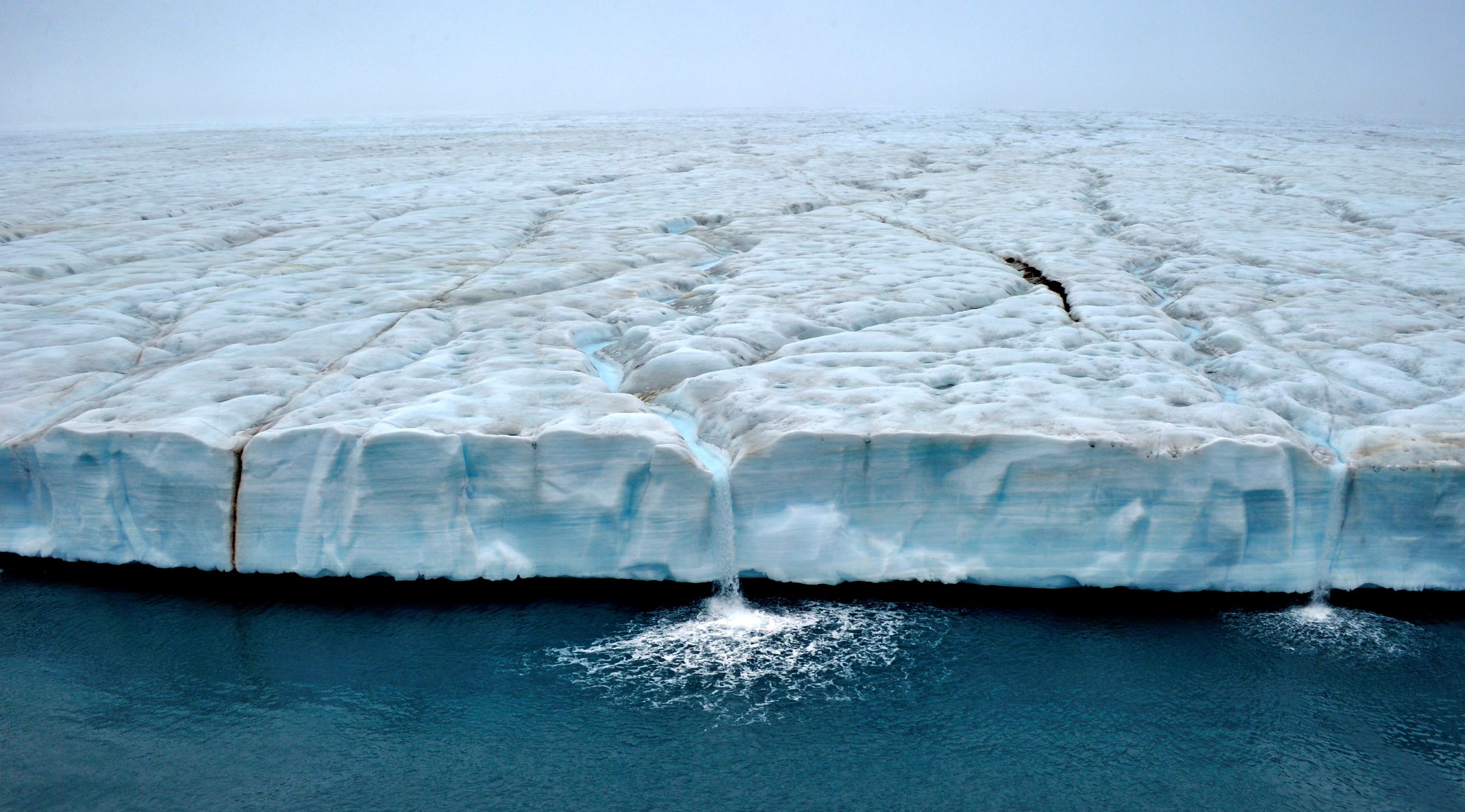One of the most visible signs of climate change is the disappearance of Arctic sea ice. Sadly, Arctic Sea Ice is in long term decline, and forecasts for coming decades point to an almost ice-free Arctic in summer months within a generation.
As the ice declines, the livelihoods, cultures and ecosystems that it supports are put at risk. Shores are eroded, ice trails become unsafe, animals disappear – and an entire hidden ecosystem, supporting everything from tiny shrimp to vast bowhead whales, is threatened. The Arctic is already beginning to look very different.
So it’s essential that we look after what’s projected to remain – a region known as the Last Ice Area. We're helping to chart a future where this will still provide healthy habitats on land, sea and ice; where the needs and cultural traditions of indigenous people can still be met; and where development depends on sustainability.
